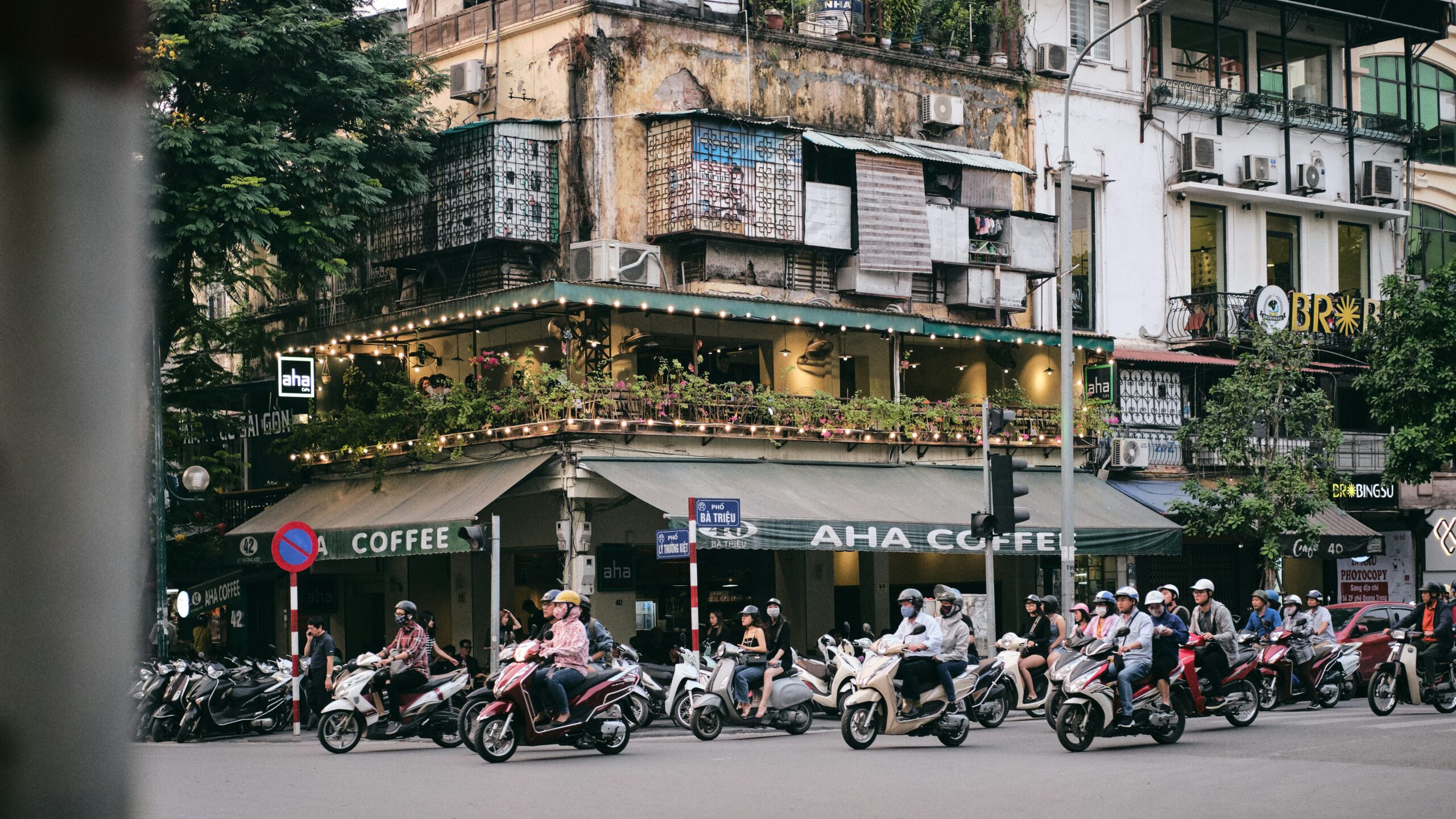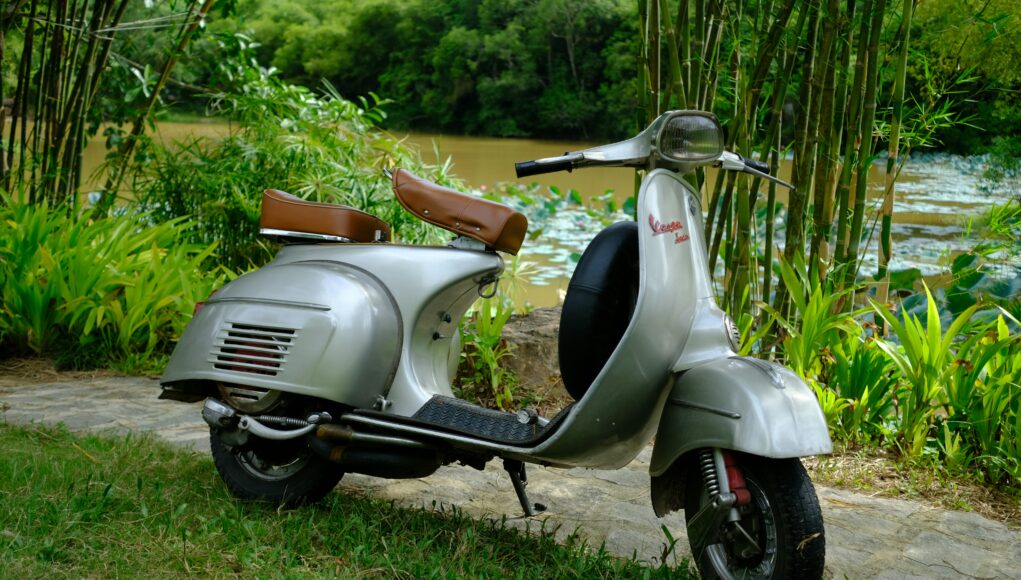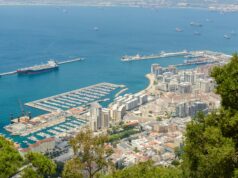Traveling from Ho Chi Minh City to Hanoi by bus and motorbike is a truly incredible way to experience Vietnam. The journey blends the convenience of long-distance travel with the freedom of exploring at your own pace. By strategically using both modes of transport, you can efficiently cover the country’s vast distance while still getting an authentic taste of its diverse landscapes and vibrant culture.
Why Choose the Bus and Motorbike Combination?
The trip from Ho Chi Minh to Hanoi spans approximately 1,700 kilometers. This distance is a significant undertaking if you only travel by motorbike. A full motorbike tour could take weeks and requires substantial physical endurance. On the other hand, solely using buses or trains means you miss out on the breathtaking views from mountain passes and secluded coastal roads.

This combined approach offers the best of both worlds:
- Efficiency and Comfort: Buses allow you to save time and energy on long, less scenic sections of the route. You can take an overnight bus to cover a major distance, arriving refreshed and ready to ride in the morning.
- Freedom and Discovery: With a motorbike, you control your schedule. You can easily stop to explore small villages, find hidden waterfalls, or simply pull over for a roadside coffee, providing an authentic and deeply personal travel experience.
How to Plan Your Journey
Successfully navigating Vietnam with this method requires some preparation. Here is a step-by-step guide to help you.
1. Renting a Motorbike
2. Utilizing the Open Bus System
3. Transporting Your Motorbike
1. Renting a Motorbike
Begin your adventure in Ho Chi Minh City by renting a motorbike from a reputable shop. Many companies in Vietnam, such as Tigit Motorbikes and Tuan Motorbike, offer one-way rentals. This service allows you to pick up your bike in Ho Chi Minh and drop it off at a different branch in a northern city like Hanoi, Hue, or Da Nang. A 110–125cc semi-automatic bike is a popular choice for this trip because it is reliable, easy to handle, and simple to repair if needed.

2. Utilizing the Open Bus System
Vietnam’s open bus system is ideal for this type of journey. You can purchase an “open bus ticket” that enables you to hop on and off at popular destinations along the coastal route. Stops often include key tourist hubs like Mui Ne, Da Lat, Nha Trang, Hoi An, Hue, and Phong Nha before you reach your final destination, Hanoi. These tickets are valid for a set period, usually around a month, which provides flexibility in your itinerary.
3. Transporting Your Motorbike
This is where the “bus + bike” strategy truly shines. Many bus companies and tour operators allow you to transport your motorbike on the bus for an additional fee. This practice, while technically illegal and often a risk, is common. It lets you skip the long, mundane stretches of highway, saving your energy for the exciting parts of the trip, like the Hai Van Pass. Alternatively, for longer distances, you can send your motorbike by train. This is a more formal and reliable option, but be aware that the motorbike might not travel on the same train as you and could take a few days to arrive.
Highlights Along the Route
The journey from Ho Chi Minh to Hanoi is punctuated by a variety of stunning locations. A well-planned trip ensures you experience the best of these highlights.
- Mui Ne: This coastal town is famous for its massive sand dunes and vibrant kitesurfing scene. Your motorbike provides the perfect way to explore the area’s unique landscapes.
- Da Lat: This city, nestled in the central highlands, is a rider’s paradise. It features winding mountain roads, beautiful waterfalls, and lush coffee plantations, making it a must-visit for any adventure traveler.
- Hai Van Pass: Widely considered one of the most scenic motorbike routes in the world, the Hai Van Pass is a legendary mountain road that connects Da Nang and Hue. Riding this pass is a highlight of the entire trip.
- Phong Nha: Park your motorbike here to explore the world’s largest caves. The majestic caves and stunning limestone karsts are an awe-inspiring detour.
- Hanoi: Conclude your epic journey in Vietnam’s historic capital. The city’s bustling Old Quarter, rich history, and incredible street food offer a fitting end to a memorable trip.
Tips for a Smooth Journey
Ensuring a safe and enjoyable trip is paramount. Therefore, consider these essential tips. Always wear a helmet and drive with caution; Vietnamese traffic can be unpredictable. Additionally, pack lightly, bringing only what you can comfortably carry on your bike and the bus. Finally, plan for flexible stops. An open bus ticket gives you the freedom to extend your stay in places that capture your imagination.
Frequently Asked Questions (FAQ)
Q: How long does the trip from Ho Chi Minh to Hanoi take by bus and motorbike?
A: The total time for the trip varies greatly depending on your pace and how long you stay at each stop. The route itself covers roughly 1,700 kilometers. A typical itinerary, combining buses for long stretches and motorbikes for scenic parts, can take anywhere from 10 days to 3 weeks or even longer.
Q: What is an “open bus ticket”?
A: An open bus ticket is a popular travel pass for backpackers in Vietnam. It allows you to travel from Ho Chi Minh to Hanoi (or the reverse) on a series of buses, with the flexibility to hop off and stay in different cities along the way. You simply book your next leg of the journey with the bus company’s local office when you are ready to move on.
Q: Can I easily find places to repair my motorbike in Vietnam?
A: Yes, motorbike repair shops are ubiquitous throughout Vietnam, even in smaller towns and rural areas. Since 110-125cc semi-automatic bikes are extremely common, finding parts and a mechanic who knows how to fix them is generally easy and affordable.
Q: Is it safe to transport a motorbike on a bus?
A: While common, the practice of transporting a motorbike on a bus is often done unofficially. It can pose a risk of damage to the bike since it is often packed into the luggage compartment. A safer and more reliable option for long distances is to use the Vietnam railway system to ship your motorbike.



















